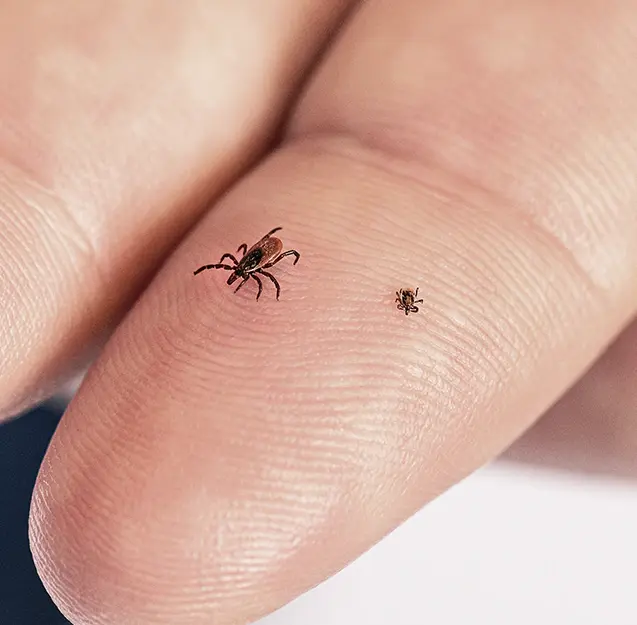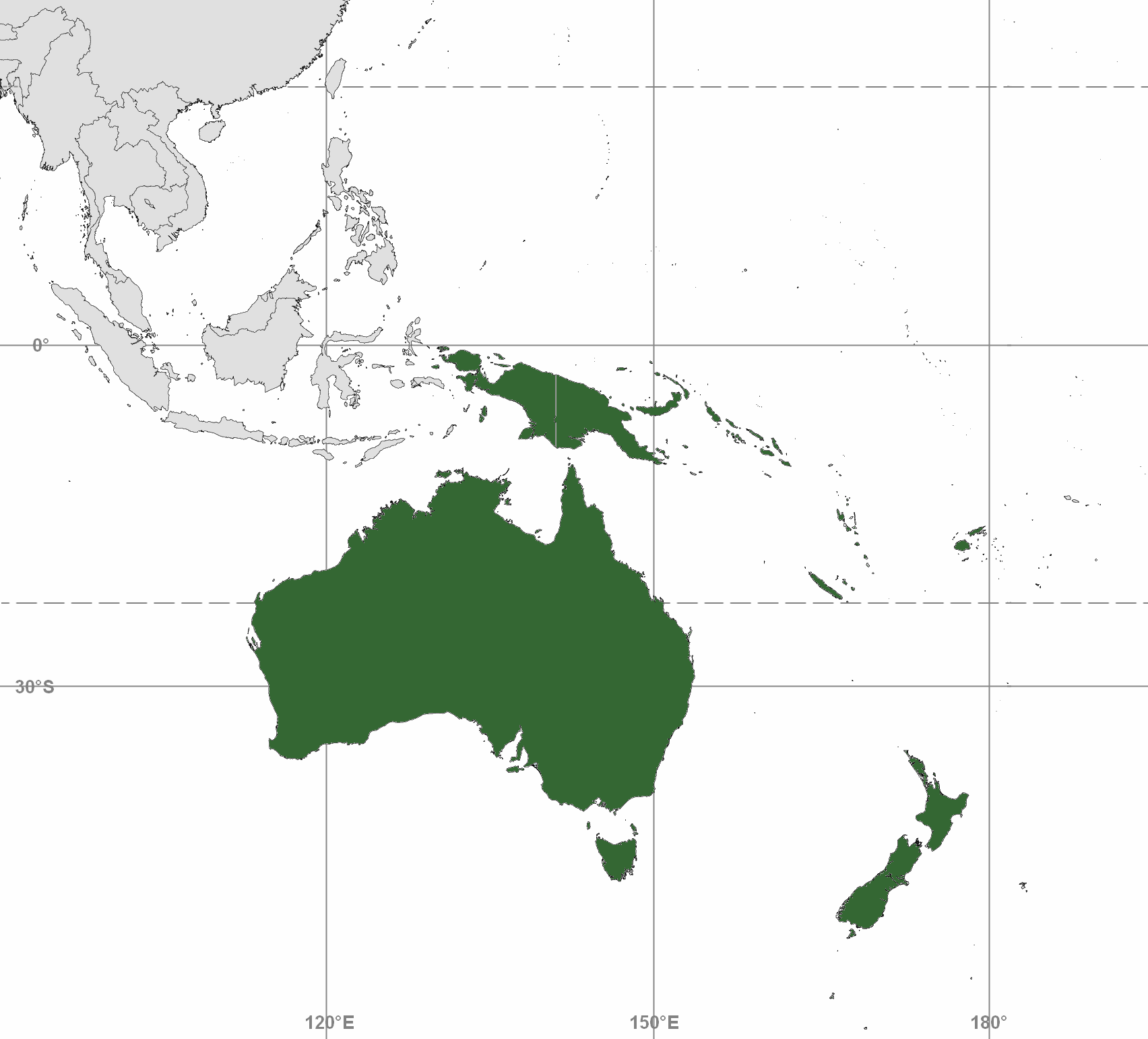|
Eurybrachidae
Eurybrachidae (sometimes misspelled "Eurybrachyidae" or "Eurybrachiidae") is a small Taxonomic rank, family of planthoppers with species occurring in parts of Asia, Australia and Africa. They are remarkable for the sophistication of their Mimicry#Automimicry, automimicry. Etymology The family name is derived from the Greek () and (), meaning "broad" and "short". This presumably reflects the shape of adults of representative species. Description Eurybrachidae generally resemble related families of planthoppers in the Fulgoromorpha. They are moderate-sized insects, generally 1 to 3 cm long when mature, but they are unobtrusive and camouflaged with brown, grey or green blotches, mimicking foliage, bark or lichens. Their mottled camouflage patterns are most intense on the large forewings of many species, hiding the broad and often Aposematism, aposematically colourful abdomen. The frons of the head is characteristic, being broader than it is long. File:Paropioxys jucundus dor ... [...More Info...] [...Related Items...] OR: [Wikipedia] [Google] [Baidu] |
Kamabrachys
''Platybrachys'' is a genus of Australian Fulgoromorph planthoppers within the family Eurybrachidae. Taxonomy ''Fulgoromorpha Lists on the Web'' includes the following species: # ''Platybrachys aegrota'' Stål, 1863 # ''Platybrachys barbata'' (Fabricius, 1775) # ''Platybrachys decemmacula'' (Walker, 1851) # ''Platybrachys fenestrata'' Jacobi, 1928 # ''Platybrachys lanifera'' (Stål, 1854) - type species # ''Platybrachys leucostigma'' (Walker, 1851) # ''Platybrachys lugubris'' Stål, 1863 # ''Platybrachys lurida'' (Walker, 1851) # ''Platybrachys maculipennis'' (Le Guillou, 1841) # ''Platybrachys ornata'' (Lallemand, 1928) # ''Platybrachys sera'' (Walker, 1851) # ''Platybrachys sicca'' (Walker, 1851) # ''Platybrachys vidua'' Stål, 1863 ''Kamabrachys gen. nov.'' In October 2023, ''Platybrachys signata'' Distant, 1892 was reassigned as the type species of the new genus ''Kamabrachys'' Constant.Constant J (2023) Revision of the Eurybrachidae (XVII). The new Australian genus Kamabrach ... [...More Info...] [...Related Items...] OR: [Wikipedia] [Google] [Baidu] |
Platybrachys
''Platybrachys'' is a genus of Australian Fulgoromorph planthoppers within the family Eurybrachidae. Taxonomy ''Fulgoromorpha Lists on the Web'' includes the following species: # '' Platybrachys aegrota'' Stål, 1863 # '' Platybrachys barbata'' (Fabricius, 1775) # '' Platybrachys decemmacula'' (Walker, 1851) # '' Platybrachys fenestrata'' Jacobi, 1928 # '' Platybrachys lanifera'' (Stål, 1854) - type species # '' Platybrachys leucostigma'' (Walker, 1851) # '' Platybrachys lugubris'' Stål, 1863 # '' Platybrachys lurida'' (Walker, 1851) # '' Platybrachys maculipennis'' (Le Guillou, 1841) # '' Platybrachys ornata'' (Lallemand, 1928) # '' Platybrachys sera'' (Walker, 1851) # '' Platybrachys sicca'' (Walker, 1851) # '' Platybrachys vidua'' Stål, 1863 ''Kamabrachys gen. nov.'' In October 2023, ''Platybrachys signata'' Distant, 1892 was reassigned as the type species of the new genus ''Kamabrachys ''Platybrachys'' is a genus of Australian Fulgoromorph planthoppers within the family ... [...More Info...] [...Related Items...] OR: [Wikipedia] [Google] [Baidu] |
Eurybrachys
''Eurybrachys'' is a genus of bugs in the family Eurybrachidae (tribe Eurybrachini). First formally named in 1834 by French entomologist Félix Édouard Guérin-Méneville, ''Eurybrachys'' is the type genus of the family Eurybrachidae. The spelling ''Eurybrachis'', by the author, is considered an unaccepted orthographic variant In biology, within the science of scientific nomenclature, i.e. the naming of organisms, an orthographical variant (abbreviated orth. var.) in botany or an orthographic error in zoology, is a spelling mistake, typing mistake or writing mistake wit ... (spelling mistake). Species in this genus occur in Asia. Species , ''Fulgoromorpha Lists On the Web'' (FLOW) includes the following 16 species in the genus ''Eurybrachys'': #'' Eurybrachys apicalis'' #'' Eurybrachys apicata'' #'' Eurybrachys dilatata'' #'' Eurybrachys dotata'' #'' Eurybrachys ferruginea'' #'' Eurybrachys fletcheri'' #'' Eurybrachys lepeletierii'' #'' Eurybrachys manifesta'' #'' Eu ... [...More Info...] [...Related Items...] OR: [Wikipedia] [Google] [Baidu] |
Ancyra (planthopper)
''Ancyra'' is a small genus of planthoppers of the family Eurybrachidae and the only genus in the tribe Ancyrini. Species in this genus occur in southeast Asia. Description Members of the genus are well known for having a pair of prolonged filaments at the tips of the forewings that arise near a pair of small glossy spots; this creates the impression of a pair of antennae, with corresponding "eyes" (a remarkable case of automimicry). The "false head" effect is further reinforced by the bugs' habit of walking backwards when it detects movement nearby, so as to misdirect predators to strike at its rear, rather than at its actual head. Taxonomy The genus ''Ancyra'' was first named in 1845 by Scottish zoologist Adam White. It is the only genus of the tribe Ancyrini (subfamily Platybrachinae, family Eurybrachidae). The type species is '' Ancyra appendiculata'', the species name meaning ''bearing appendages''. Species , lists the following seven species in the genus ''Ancyra'': *'' ... [...More Info...] [...Related Items...] OR: [Wikipedia] [Google] [Baidu] |
Planthopper
A planthopper is any insect in the infraorder Fulgoromorpha, in the suborder Auchenorrhyncha, a group exceeding 12,500 described species worldwide. The name comes from their remarkable resemblance to leaves and other plants of their environment and that they often "hop" for quick transportation in a similar way to that of grasshoppers. However, planthoppers generally walk very slowly. Distributed worldwide, all members of this group are plant-feeders, though few are considered pests. Fulgoromorphs are most reliably distinguished from the other Auchenorrhyncha by two features; the bifurcate (Y-shaped) anal vein in the forewing, and the thickened, three-segmented antennae, with a generally round or egg-shaped second segment (pedicel) that bears a fine filamentous arista. Overview Planthoppers are laterally flattened and hold their broad wings vertically, in a tent-like fashion, concealing the sides of the body and part of the legs. Nymphs of many planthoppers produce wax from ... [...More Info...] [...Related Items...] OR: [Wikipedia] [Google] [Baidu] |
Acacia
''Acacia'', commonly known as wattles or acacias, is a genus of about of shrubs and trees in the subfamily Mimosoideae of the pea family Fabaceae. Initially, it comprised a group of plant species native to Africa, South America, and Australasia, but is now reserved for species mainly from Australia, with others from New Guinea, Southeast Asia, and the Indian Ocean. The genus name is Neo-Latin, borrowed from Koine Greek (), a term used in antiquity to describe a preparation extracted from '' Vachellia nilotica'', the original type species. Several species of ''Acacia'' have been introduced to various parts of the world, and two million hectares of commercial plantations have been established. Description Plants in the genus ''Acacia'' are shrubs or trees with bipinnate leaves, the mature leaves sometimes reduced to phyllodes or rarely absent. There are 2 small stipules at the base of the leaf, but sometimes fall off as the leaf matures. The flowers are borne in spik ... [...More Info...] [...Related Items...] OR: [Wikipedia] [Google] [Baidu] |
Amalaberga (planthopper)
Amalaberga (fl. 531), was a queen consort of Thüringhia. She was the daughter of Amalafrida, daughter of Theodemir, king of the Ostrogoths. Her father is unknown, her uncle was Theodoric the Great. Around 510, she was married to Hermanfrid, son of the Thuringian ruler Bisinus and his Lombard wife Menia. Hermanfrid and his brothers Baderic and Bertachar succeeded their father as co-rulers, while their mother returned to her people, where their sister, Raicunda, married Wacho, king of the Lombards. Hermanfrid and Amalaberga had two children: a son named Amalafrid and a daughter Rodelinda. Amalaberga is said to have encouraged Hermanfrid to make war on his brothers and become sole ruler. Bertachar was killed in battle, possibly as early as 525. Hermanfrid then sought the help of Theuderic I, the Merovingian king of Austrasia, to attack Baderic and seize control of all of Thuringia. After Baderic was defeated and beheaded by the Franks, Hermanfrid reneged on certain promised land ... [...More Info...] [...Related Items...] OR: [Wikipedia] [Google] [Baidu] |
Nymph (biology)
In biology, a nymph (from Ancient Greek wikt:νύμφα, νύμφα ''nūmphē'' meaning "bride") is the juvenile (organism), juvenile form of some invertebrates, particularly insects, which undergoes gradual metamorphosis (biology), metamorphosis (hemimetabolism) before reaching its adult stage. Unlike a typical larva, a nymph's overall form already resembles that of the adult, except for a lack of wings (in winged species) and the emergence of genitalia. In addition, while a nymph ecdysis, moults, it never enters a pupal stage. Instead, the final moult results in an adult insect. Nymphs undergo multiple stages of development called instars. Taxa with nymph stages Many species of Arthropod, arthropods have nymph stages. This includes the insect orders such as Orthoptera (cricket (insect), crickets, grasshoppers and locusts), Hemiptera (cicadas, shield bugs, Whitefly, whiteflies, aphids, leafhoppers, froghoppers, treehoppers), mayfly, mayflies, termites, cockroaches, mantises, ... [...More Info...] [...Related Items...] OR: [Wikipedia] [Google] [Baidu] |
Australasia
Australasia is a subregion of Oceania, comprising Australia, New Zealand (overlapping with Polynesia), and sometimes including New Guinea and surrounding islands (overlapping with Melanesia). The term is used in a number of different contexts, including geopolitically, physiogeographically, philologically, and ecologically, where the term covers several slightly different but related regions. Derivation and definitions Charles de Brosses coined the term (as French ''Australasie'') in ''Histoire des navigations aux terres australes'' (1756). He derived it from the Latin for "south of Asia" and differentiated the area from Polynesia (to the east) and the southeast Pacific ( Magellanica). In the late 19th century, the term Australasia was used in reference to the "Australasian colonies". In this sense it related specifically to the British colonies south of Asia: New South Wales, Queensland, South Australia, Tasmania, Western Australia, Victoria (i.e., the Australian colon ... [...More Info...] [...Related Items...] OR: [Wikipedia] [Google] [Baidu] |
Anatomical Terms Of Location
Standard anatomical terms of location are used to describe unambiguously the anatomy of humans and other animals. The terms, typically derived from Latin or Greek roots, describe something in its standard anatomical position. This position provides a definition of what is at the front ("anterior"), behind ("posterior") and so on. As part of defining and describing terms, the body is described through the use of anatomical planes and axes. The meaning of terms that are used can change depending on whether a vertebrate is a biped or a quadruped, due to the difference in the neuraxis, or if an invertebrate is a non-bilaterian. A non-bilaterian has no anterior or posterior surface for example but can still have a descriptor used such as proximal or distal in relation to a body part that is nearest to, or furthest from its middle. International organisations have determined vocabularies that are often used as standards for subdisciplines of anatomy. For example, '' Termi ... [...More Info...] [...Related Items...] OR: [Wikipedia] [Google] [Baidu] |



